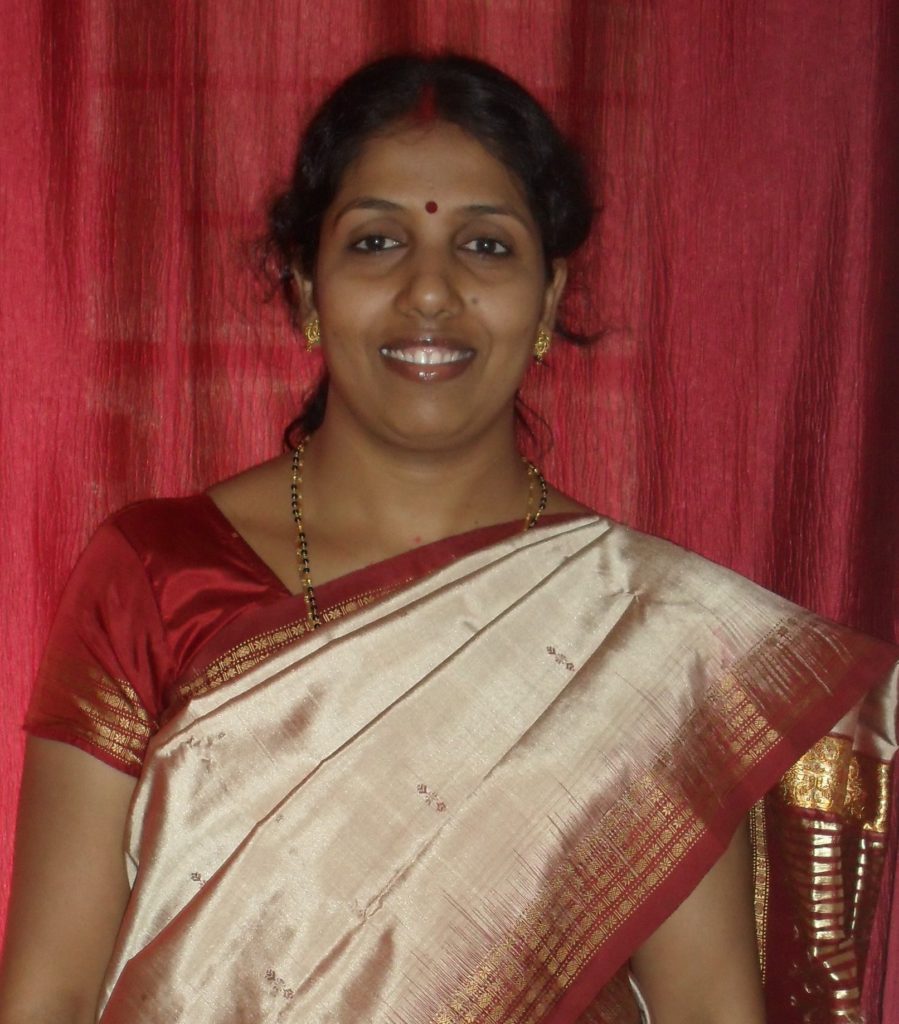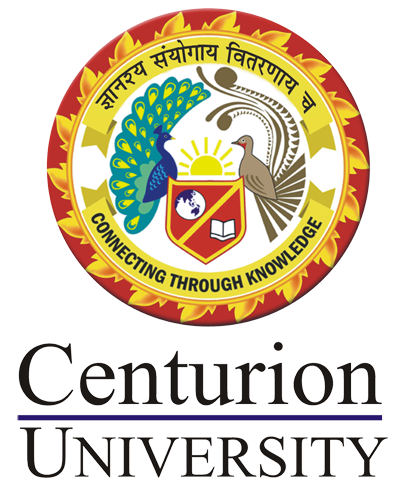Physics of Solids and Semiconductors
Course Attendees
Still no participant
Course Reviews
Still no reviews
Course Name : Physics of Solids and Semiconductors
Code(Credit) : CUTM1413(3-1-0)
Course Objectives
- To learn about crystal structure, electronic and dielectric properties of solids.
- To learn about basic properties of metals, insulators and semiconductors.
- To learn about semiconductor physics and discuss working & applications of basic devices.
Learning Outcomes
After learning the course the students will able to
- explain different types of crystal structures in terms of the crystal lattice and the basis of constituent atoms.
- understand the origin of energy bands in solids.
- explain the physical characteristics such as electronic structure and optical and transport properties, and current-voltage characteristics of semiconductors.
- apply the knowledge of semiconductors to illustrate the functioning of basic electronic devices
Course Syllabus
Module-1
Structure of Solids
Bravais lattice, primitive unit cell, Wigner-Seitz cell, classification of 2- and 3-dimensional Bravais lattices, miller indices, Braggs law of X-ray diffraction Atomic and geometric structure factors, Reciprocal lattice and Brillouin zone
Practice-1
V Lab: To study various crystals structures (or Using Biovia MS)
Module-II
Band Theory of Solids
Introduction to free electron theory, Bloch equation, Nearly free electron model. Kronig-Penny model, Effective mass
Practice-2
Determination of band gap of semiconductor by four probe method
Module-III
Lattice Dynamics
Classical theory of lattice vibration under harmonic approximation, Dispersion relations of one dimension lattices, Mono atomic and diatomic cases, Characteristics of different modes, Long wavelength limit.
Practice-3
Determination of thermal and electrical conductivity of metals (copper and silver)
Module-IV
Specific Heat
Lattice heat capacity, Debye and Einstein models-comparison with electronic heat capacity, Drude model of electrical and thermal conductivity
Practice-4
Determination of specific heat of solids (copper, glass and lead)
Module-V
Dielectric Properties of Solids
Dielectric constant and polarizability (ionic, electronic and dipolar), local field, Claussius Mossotti relation, Complex dielectric constant and dielectric losses
Practice-5
Determination of dielectric constant of air, glass and polystyrenes
Module-VI
Magnetism and Superconductivity
Magnetic properties of solids, Quantum theories of dia, para and ferromagnetism, Superconductivity: Type-I and Type II superconductors, Meissner effect, London equation, BCS Theory
Module-VII
Semiconductors and Defects
Semiconductor and their types (P and N type) and insulator, Conductivity of semiconductor, Mobility, Direct and indirect band gap semiconductors, Defects and their classification, Frenkel and Schottky defects.
Practice-6
Study of Hall effect (Determination of nature of charge carriers in a semiconductor)
Text Books:
- Introduction to Solid State Physics, C. Kittel, Wiley.
- Principles of Semiconductor devices, Bart Van Zeghbroeck.
Reference Books:
- Solid State Physics, by N. W. Ashcroft and N. D. Mermin (Cornell University)
- Introduction to Solid State Physics,S. O. Pillai, New Age International-
Session Plan
Session 1
Bravais lattice, primitive vectors, primitive unit cell, conventional unit cell, Wigner-Seitz cell
https://www.youtube.com/watch?v=BjVTdZ_htu8
https://www.youtube.com/watch?v=hQCrPmI4V58
https://www.slideshare.net/AkhilChowdhury/unit-icrystal-structure?
Session 2
2- and 3-dimensional Bravais lattices, Miller indices
https://www.youtube.com/watch?v=v8g3CK5kke0
Session 3
Crystal diffraction by X-ray, Bragg’s Law
https://www.slideshare.net/yayavaram/crystal-structure-xray-diffraction
Session 5
Session 6
Practice-1 (2 hours)
To study various crystals structures by V-Lab and by using Biovia Material Studio.
Session 11
Practice-2 (2 hours)
Determination of band gap of semiconductor by Four Probe method /
Plotting the band diagram of different semiconductors using Biovia Material Studio
Session 12
Classical theory of lattice vibration under harmonic approximation
Session 13
Dispersion relations of one dimension monoatomic lattices
Session 14
Dispersion relations of one dimension diatomic lattices
Session 15
Characteristics of different modes, long wavelength limit
Session 16
Practice-3 (2 hours)
Determination of thermal and electrical conductivity of metals (copper and silver)
Session 18
Einstein’s model of heat capacity , comparison of Debye and Einstein model
Session 19
Drude model of electrical conductivity
Session 21
Practice-4 (2 hours)
Determination of specific heat of solids (copper, glass and lead)
Session 22
Session 26
Complex dielectric constant and dielectric losses
Session 27
Practice-5 (2 hours)
Determination of dielectric constant of air, glass and polystyrenes
http://vlab.amrita.edu/?sub=1&brch=282&sim=879&cnt=1
Session 28
Magnetic properties of solids, quantum theories of diamagnetism
Session 29
Quantum theories of para and ferromagnetism
https://www.youtube.com/watch?v=CJZovwIwXEY
https://www.youtube.com/watch?v=ie-KfQionjY&t=40s
https://www.slideshare.net/NitikaSharma22/imperfections-in-solids?
Session 30
Type-I and Type II superconductors, Meissner effect
Session 33
Conductivity and mobility of semiconductor, Direct and Indirect Band gap semiconductors.
https://www.youtube.com/watch?v=DB6Sep06Gwc
https://www.youtube.com/watch?v=ANr1wgYLVRo
Session 34
Types of crystal defects and their classification
Session 36
Practice-6 (2 hours)
Study of Hall Effect (Determination of nature of charge carriers in a semiconductor)
Our Main Teachers

Dr. Nibedita Nayak is working as an Assistant Professor in the Department of Physics, School of Applied Sciences, Bhubaneswar Campus of Centurion University of Technology and Management, Odisha. She completed her Ph.D from Berhampur University in 2018. She is working on computational tools and new material development. She has more than six years of […]


Recent Comments